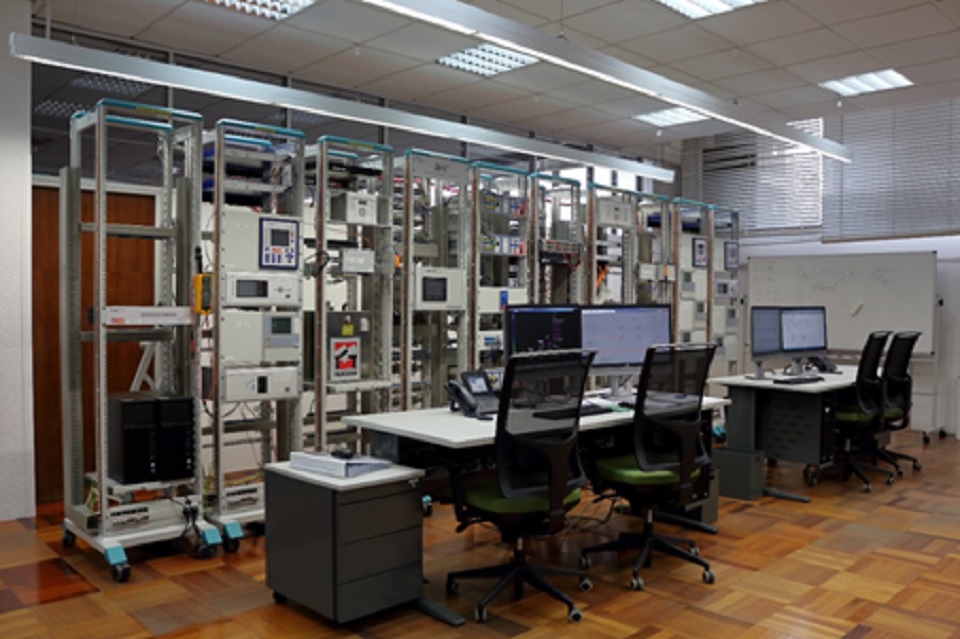R&D NESTER projects gather industry partners

One of R&D Nester research areas is Smart Grids, that is, the digitization of the energy system, where ICT technologies play an increasingly important role. In the case of transmission and distribution substations, this digitization focuses on the so-called PAC system, that is, the protection, automation and control of the substation.
The current project ‘Smart Substation Testing and Implementation' is the continuation of the ‘Substation of the Future' project. The aim of both projects was to develop an architecture for a new generation of PAC systems, taking advantage of the increasing processing and integration capability of the electronic devices.
Another driver for these projects was the IEC 61850 international standard, which main goal is the interoperability between devices. This means that, contrary to what happen in the past, a PAC system may include devices, such as protection relays, control units and SCADA systems, from different manufacturers.
Since the testing of interoperability was defined as one of the main issues of the project, it was decided to stablish a testing platform encompassing devices from a diverse range of manufacturers. Having this in mind, several manufacturers have been invited to participate, by means of partnerships, since the benefits are mutual. On one side, R&D Nester will have the devices (IEDs, intelligent electronic devices) to execute the tests and, on the other hand, the manufacturers will profit from the results of the testing, with the possibility to improve their products.
Currently, a testing platform corresponding to the PAC system of an existing and operational switching station of the Portuguese transmission grid is being configured. First, it will be tested at the laboratory, and then it will be placed at the mentioned station, to be compared with the existing PAC system.
This platform includes all devices that are expected to exist in a future substation. At the process level, that is, near to the switchgear, there are merging units, circuit breaker controllers and intelligent units for disconnector switches. At bay level (inside the relay houses) there are main units (for protection and control). These IEDs are from different manufacturers, namely SIEMENS, EFACEC, ABB, GE/ALSTOM and NARI, in order to assess interoperability issues.
At station (central) level, there is the local SCADA/HMI, provided by COPA-DATA and the gateway, also acting as HMI, from EFACEC. These devices have two innovative features in this project. First, the topological interlocking, that is, the authorization for the circuit breakers and disconnectors to operate, are accomplished via rules and not equations, as before. This means that no equations have to be developed for a new substation topology, just reconfiguration.
The other feature is the redundancy for servers (IEDs) with different data structure, allowing the use of, for instance, main units from two vendors, with no impact on the operation from the local and remote SCADA.
Finally, there is the remote SCADA (EFACEC) that communicates with the substation gateway via IEC 61850, contrary to the traditional T104.
The cooperation with industry partners allows an efficient and realistic approach towards the development of the future of power grids.